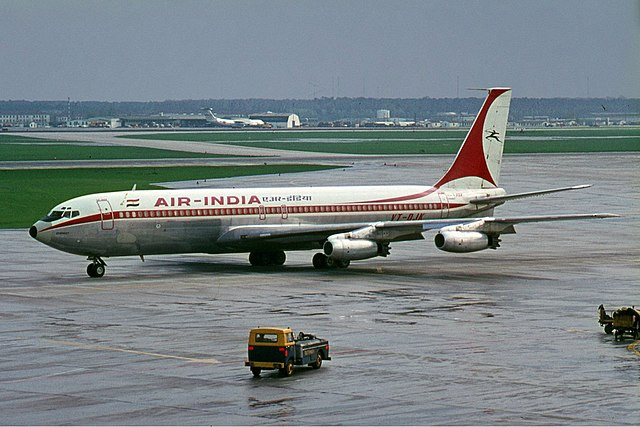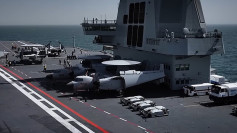At least 270 people are confirmed dead after a London-bound Air India Boeing 787 Dreamliner crashed shortly after takeoff from the western Indian city of Ahmedabad on Thursday, marking the country's worst aviation disaster in over three decades. Rescue crews continue to search the charred wreckage as investigators examine what caused the aircraft to plunge into a densely populated residential area.
The wide-body jet, carrying 242 people and over 125,000 liters of fuel, crashed minutes after departing Ahmedabad International Airport, slamming into a medical college hostel and surrounding homes. Officials said the impact killed 241 passengers and crew on board and at least 29 people on the ground. One passenger, identified as 40-year-old Vishwash Kumar Ramesh, survived and is recovering in Civil Hospital.
Dr. Dhaval Gameti of Civil Hospital told the Associated Press on Saturday, "He is doing very well and will be ready to be discharged anytime soon." Gameti confirmed that 270 bodies had been received at the hospital, most of which were severely burned or mutilated.
Authorities have urged patience from grieving families, noting that DNA matching can take up to 72 hours. "Give us the body," pleaded one man, demanding the release of his relative's remains for last rites. Others voiced frustration at the lack of updates. "Where are my children? Did you recover them?" asked Rafiq Abdullah, whose daughter-in-law, nephew, and two grandchildren were on board.
India's Civil Aviation Minister, Ram Mohan Naidu Kinjarapu, confirmed that the Aircraft Accident Investigation Bureau (AAIB) recovered the aircraft's digital flight data recorder-commonly referred to as the black box-from a rooftop near the crash site. A second recorder, which captures cockpit audio, is still being sought.
It was working with "full force" to extract data from the black box, the AAIB stated, adding that results are expected to offer critical insight into the cause of the crash. Investigators will examine whether the engine lost power, wing flaps were set correctly, and if flight crews properly accounted for fuel weight and outside temperatures.
Jeff Guzzetti, an aviation safety consultant and former U.S. crash investigator, said, If the flight data recorder is in good shape, they should be able to answer some important questions about what caused the crash as soon as next week.
The Indian government also formed a high-level committee to review emergency protocols and aircraft readiness across the country. Kinjarapu stated in a New Delhi briefing that eight of Air India's 34 Boeing 787 Dreamliner aircraft have already undergone emergency inspections, and the rest would follow immediately.
The Boeing 787 involved in the crash was 12 years old and had no prior record of fatal incidents. While Boeing has faced scrutiny over safety issues related to other models, the 787 Dreamliner had avoided deadly crashes since its launch 16 years ago. Boeing said it is in contact with Air India and "ready to support them."
The international makeup of passengers included 169 Indian nationals, 53 British citizens, seven Portuguese, and one Canadian. Several foreign governments are working with Indian authorities to assist with identification and repatriation.
Paul Fromme, a mechanical engineer with the Institution of Mechanical Engineers in the U.K., said the digital data will help clarify engine and control configurations and may determine whether pilot error, equipment malfunction, or environmental factors played a role.





